“It was 20 years ago today,” and while that line is more famous for a certain Beatles song, its very appropriate for today because it marks the 20th Anniversary of the North American release of the SEGA Dreamcast that would end up being their last foray in the hardware business. After the poor reception of the SEGA Saturn Sega knew that they were really going to have to create a true next generation console from the ground up.

There was a lot of forward thinking with the Dreamcast and the biggest was having the console be internet ready out of the box with a build in modem and the ability to add a broadband adapter for those who had that limited availability at the time. The other was using GD-ROM technology that could hold up to 1 gigabyte over the CD-ROM 700 megabits capacity. The main reason that they choose not to use the newer DVD format because of the high cost of the optical drive and limited availability of the discs and GD-ROM’s were cheap and easy to produce. It also had a keyboard and mouse that was unheard of for a console at the time.
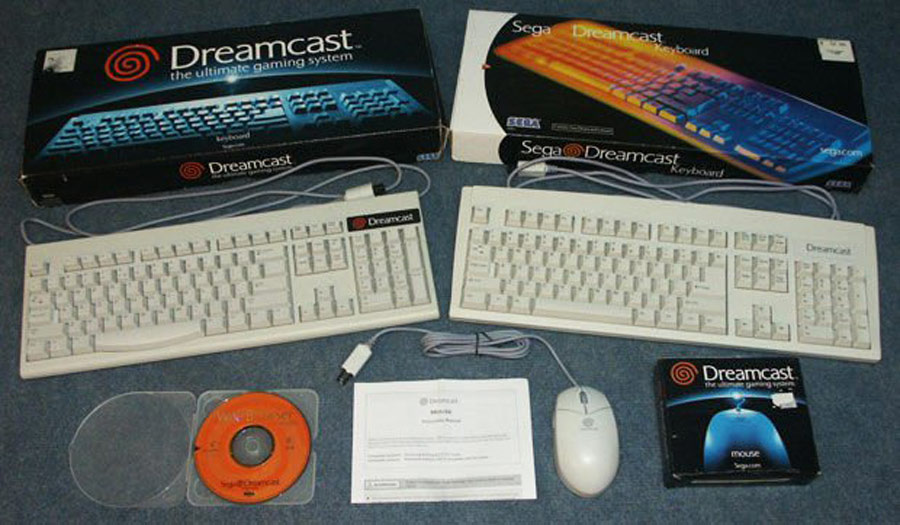
While the Japan launch had been hampered by the lack of games on it release with only four game that were Godzilla Generations, Vurtua Fighter 3, July, and PenPen and while the console sold out in its first day (as do most consoles do in Japan at first) the U.S. team knew that they would have to have a much stronger line up at launch. While not the most titles at the launch of a new console but a very respectable 19 releases with some very strong titles such at Power Stone, Sonic Adventures, Mortal Kombat Gold, and SoulCaliber among others.
One of the other things that the Dreamcast did was have quite a few special edition version of the console and while most of them were Japan only releases it’s quite fascinating to see them and they are highly valued with collectors.
One of the more usual versions of the system was the Dreamcast Diver Television The Divers 2000 was a joint venture, between Japanese media giants Sega, CSK and the Fuji Television Network to produce a multimedia device based on the Dreamcast platform. It launched in March 2000 at the staggering price of 88,888 yen and was limited to just 5000 sets. For this huge price tag, the Divers 2000, or CX-1 as it more commonly to referred to in Japan, included a working 14-inch TV screen, a built-in Sega Dreamcast console with internet capabilities (33.6 kbps modem), and running a custom Microsoft Windows CE operating system with direct midi-functioning, and special edition versions of the Dreamcast’s camera, controller, keyboard and remote control, in a nifty transparent green color.
Sega was alway a strong software developer because of not only their legacy in the arcades but also with the vast library from the Genesis and to a lesser degree the Saturn. They also had good support from third party developers such as Midway, Capcom, Namco, Activision, and Konami but there was one major blow to Sega from EA refusing to release games on the system that was one of the main reasons that ultimately hurt the success of the system. Sega themselves developed their own line of sports games that many found to be better than the ones that EA had done.

While the Dreamcast sold very well and by the end of it’s first year sold over a million consoles and had 31% of the market but the completion from the very established Sony Playstation was a very big competitor because of its huge library and cheaper console at the time. While the console had a great year in 1999 that all came crashing down after the Christmas season and started to decline heavily. Sega did bet big with the built in modem and launched its own internet service that literally gave away a Dreamcast with a two year commitment to the service with a $200 rebate when you signed up.
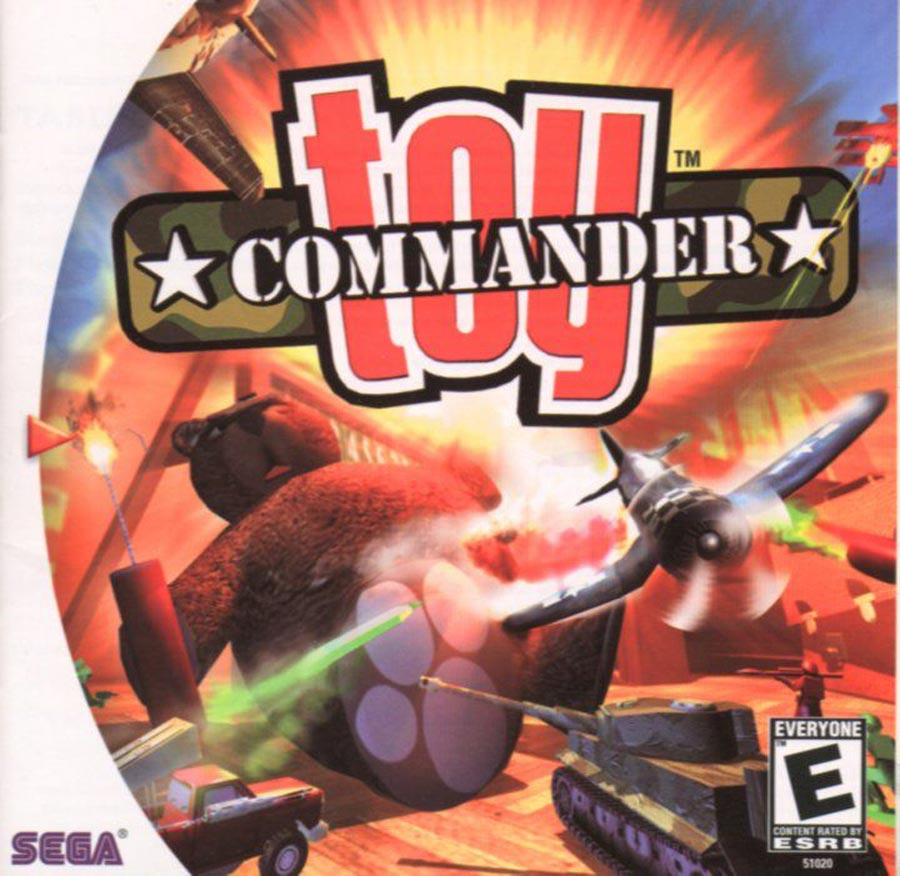
The final nail in the consoles coffin was the Playstation 2 that was more powerful and used the newer DVD format that could hold more information compared to the GD-ROM plus it would play DVD movies that were becoming hugely popular. It also didn’t help that the redesign of the PSOne was the best selling console of the 2000 holiday season due to the supply issues that Sony was having with the Playstation 2.

The writing was on the wall for Sega who was not only losing money on the Dreamcast but their arcade business was floundering and on January 31st 2001 Sega announced the discontinuation of the Dreamcast and it would be the last console the company would make ending its long legacy as a hardware manufacturer would come to a close. Sega transitioned over to a 3rd party software developer for Playstation 2, X-Box and Gamecube.
There were many reason why the Dreamcast was a commercial failure some of which were the lack of advertising, fighting between the Japanese and U.S. divisions, going after the hardcore gamer over the mainstream consumer and the betting on the internet that was simply to far ahead of its time. One of the other reasons was that Sega had burnt a lot of bridges with the gaming community over the years with the Sega CD, 32X, and the disaster of the Saturn soiled their reputation that truly left a lasting problem that Sega couldn’t escape in the end.
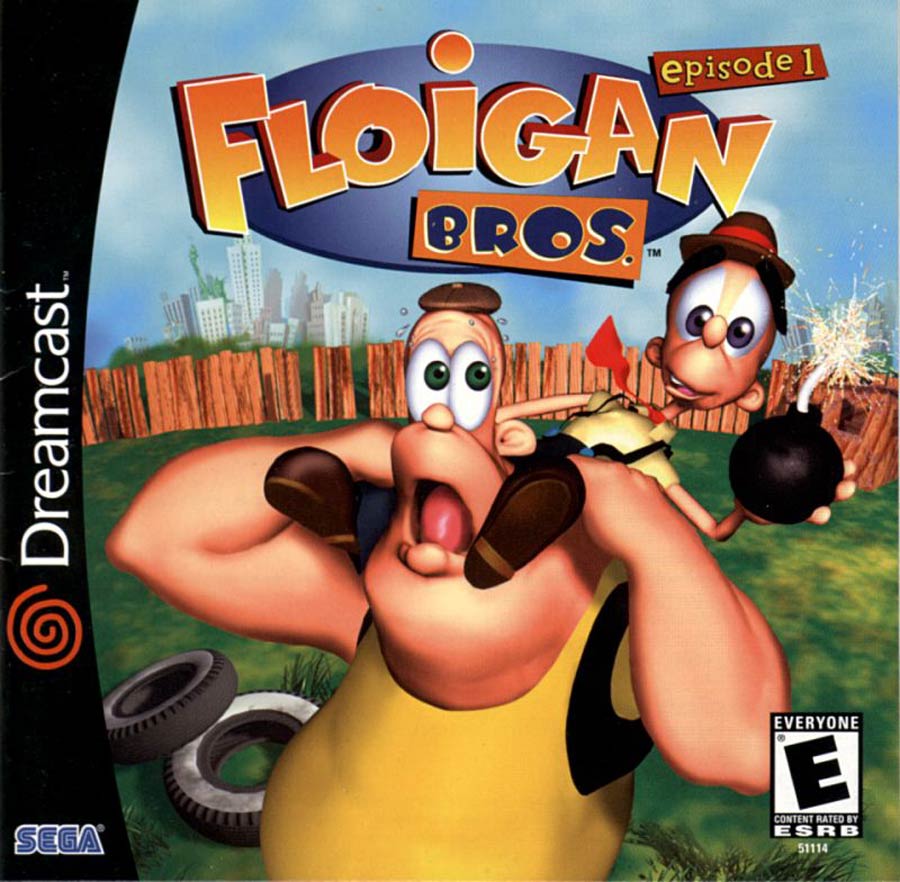
While the Dreamcast was considered a failure at the time it is now viewed in a more positive light and gamers are rediscovering the console today. There are a couple of reason for that is you can still find games for the system at reasonable prices and the systems themselves are pretty easy to find. There is a company Pound that makes a HD link cable to play games on your HD television with only a handful of games that are not compatible due to there lack of VGA output. While many games were ported over to Gamecube there are still quite a few games that were still only released on the Dreamcast and there are many great games to choose from if you start collecting for the system.
There are many list of best games for the system I have included a list of games that are some of my favorite ones for the system for various reasons. Some are not the greatest but have a certain charm or simply they are so bad that they are good in a weird way. There were also a lot of peripherals for the system beyond the basic controllers. Speaking of controllers the Dreamcast had some of the best controllers out there along with the inventive VMU (Visual Memory Unit) that some games such as Sonic Adventure had mini games that you could play on them separate from the system. The other strange thing was the light guns for the Dreamcast that had only 3rd party ones in the US and the Sega branded ones from Japan were incompatible with the US games that were locked out via the software and not the hardware.
Below are some of the games you should try and seek out for the Dreamcast for various reasons most are U.S. releases there are a few Japan and European releases that were not released domestically here.
Samba De Amigo
This arcade port to the Dreamcast in a blast and was a good version for the home that worked very well with the maraca controllers. Unfortunately it nearly impossible to find the controllers today and go for quite a bit of money. They were expensive and hard to find back then and sad to say that this is one of the harder things to own for the system. There was a follow up version in Japan called Samba De Amigo 2000 that included more songs. Both games were ported later the the Nintendo Wii but the Wii motes were just not as good as the Dreamcast maracas.
Wacky Races

One of the more obscure games was one of the funnest ones. While there were a good amount of racing games for the system there were none that had the charm of this game. Based on the Hanna-Barbara series from the 1960’s it use the “stretch and squish” elements of animation to give this game a unique look and feel and while it wasn’t the best racing game on the system it had great nostalgia for those who grew up on the show.
Shenmue I & II
In the original Japan release of Virtual Fighter 3 there was a bonus disc titled Project Berkley that was the developed by Yu Suzuki that would go on on to be the foundation for Shenmue. Developed at a staggering cost of producing and marketing from 47 to 70 million dollars at the time was a game that was very far ahead of it’s time that covered many dissent genres and quite honestly created a whole new genre in a lot respects. The sequel was never released in the U.S. but because all of the Dreamcast hardware had NTSC/PAL converters built in U.S. gamers could import the European version and play it. The second game was later ported to the X-Box and for a lot of gamers it was a chance to play the sequel that was denied previously.
Resident Evil Code: Veronica
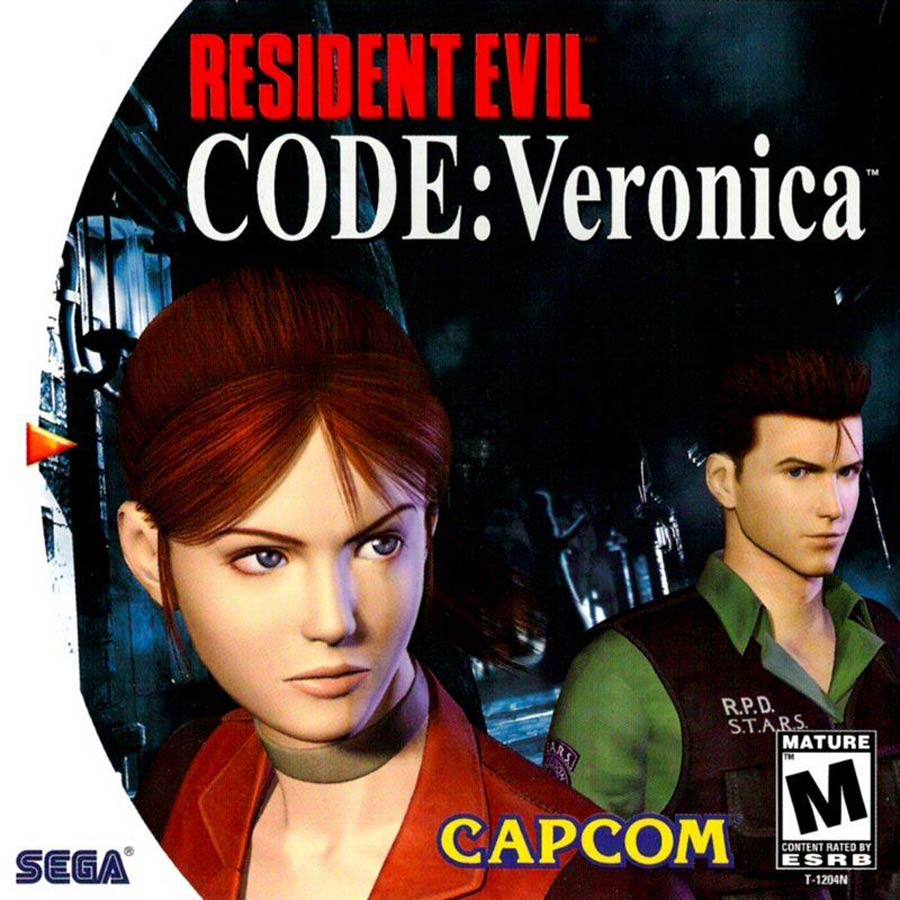
Capcom became the biggest third party developer for the Dreamcast and brought one of its biggest franchises to the system with an all new exclusive game that had all the thrills and chills of the Playstation games but with much improved graphics made the horror even more terrifying with this one.
Illbleed
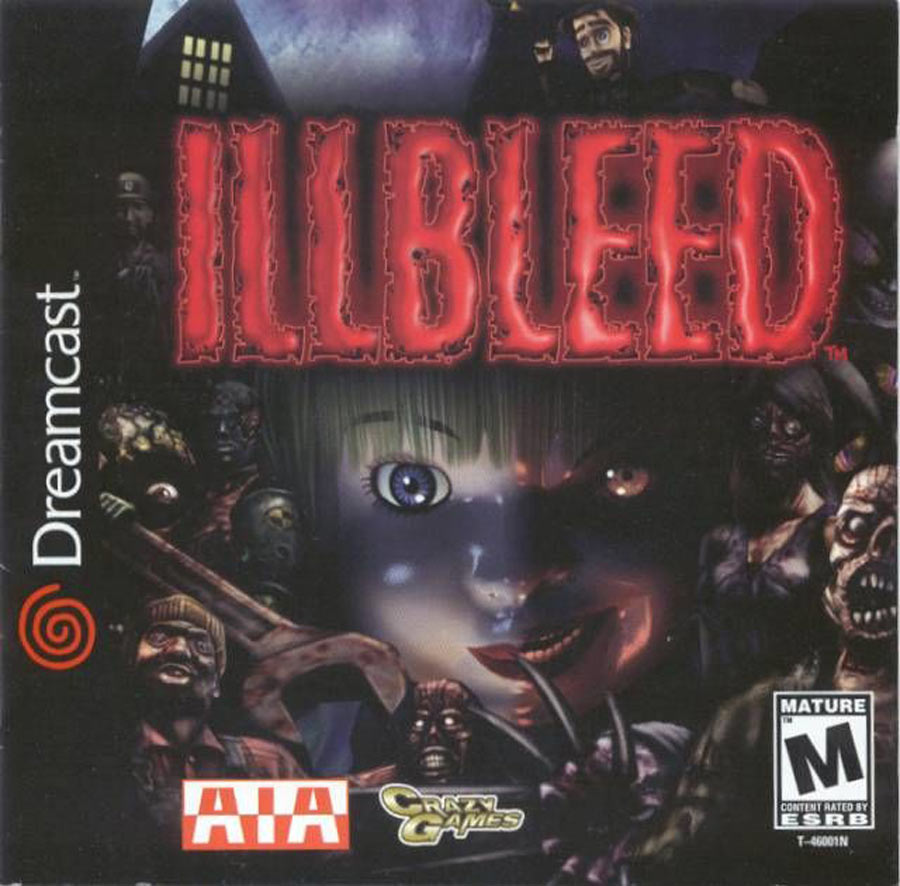
One of the few exclusive Dreamcast games that has never been ported to any other system is one of it’s best. Sure on the surface it another in the horror survival genre but while it was a bit rough around the edges in both graphic and voice action there is no denying that it was one hell of a wild game. If you find this one at a good price snag it.
Seaman
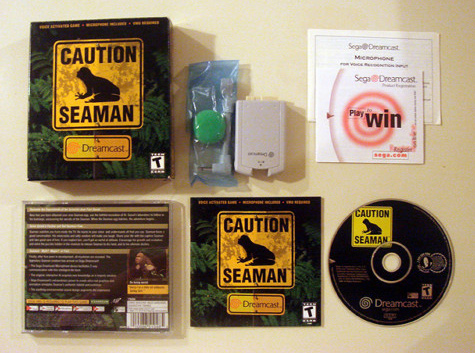
Yep truly one of the strangest games you will ever play in your life Seaman is basically a virtual pet but instead of it liking you this one insults you most of the time and is exceptionally needy. You talk to it with the microphone adapter that you put into the controller and gets weirder after that. And yes it understands swear words and this is just the beginning of the fun.
Sonic Adventures 1 & 2 / Sonic Shuffle
It wouldn’t be a Sega console release without Sonic and while the characters have had their ups and downs before and after the Dreamcast, Sonic Adventures 1 & 2 took the franchise into a bold new direction and some of the best visuals of the time. They were both solid games and ended up being the last of the great Sonic games and it really went downhill after these two. Sonic Shuffle is a party board game and while it’s not as well known or as well received, its a fun game none the less and one of the few four player games on the system.
Godzilla Generations
Ok lets be really honest here in that Godzilla Generations is a pretty terrible game and was never released outside of Japan for good reasons but even with poor graphics it was still a cool Godzilla game that you destroyed cities and beat up other monsters so on that level as a Godzilla fan you sucked it up and played it. Maximum Impact was an odd on the rails type of game that basically had you using Godzilla to shoot at things as you rode along the rail. Yea it wasn’t that great either but it was as with the first one they were Godzilla games. The one good thing that came out of it was the special Godzilla VMU that has an exclusive game installed on it and you could use it with the games. It didn’t make them any better but you got to raise a pet Godzilla with it so that was cool. OK they are just guilty pleasures.
The Typing of the Dead
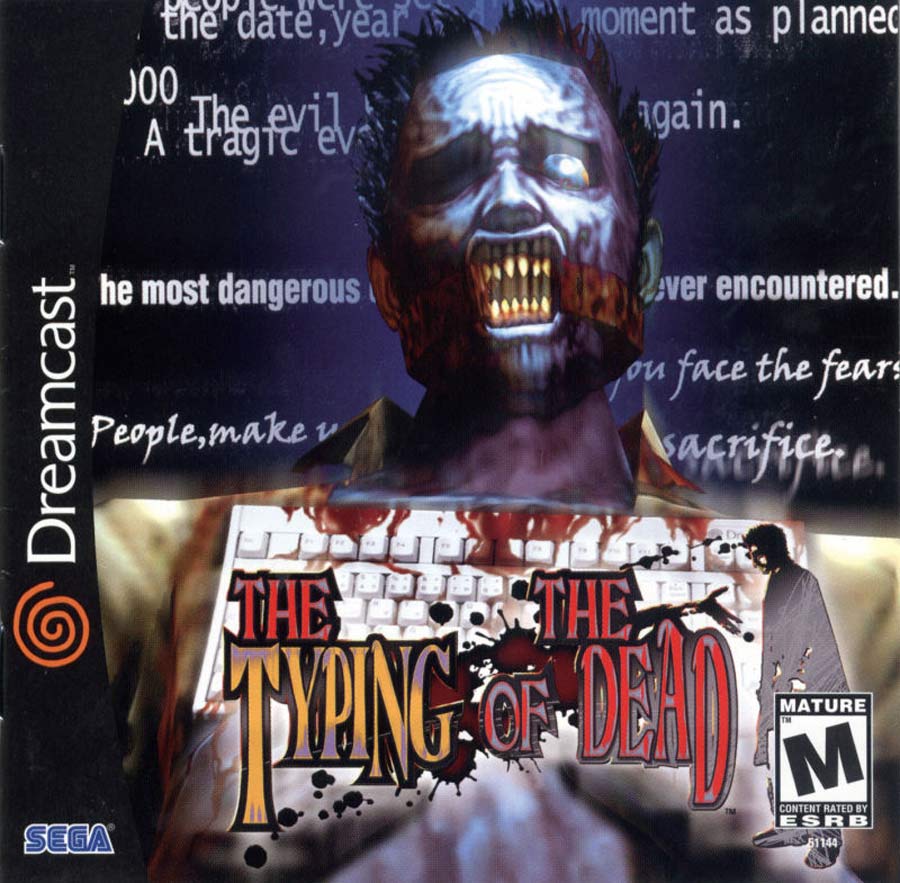
While we all have played the various House of the Dead games this oddball version has never been ported over from the Dreamcast that instead of shooting them with a gun you had to type the words that appeared on screen to fire you gun in the game. So if you are a terrible speller or a slow typer you will be totally screwed on this one and boy is this one hard but its defiantly unique.
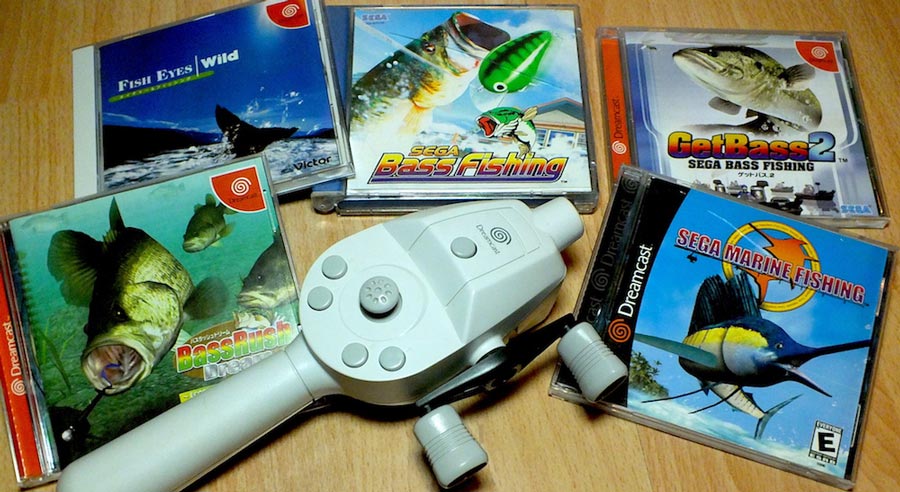
Sega Fishing
Yea I lumped all of these ones together because while you can use the regular controller, its totally pointless if your not using the special fishing rod controller. While there were fishing games for the playstation and 3rd party controllers they were no where nearly as good as these games and this awesome controller. The controls and vibration feedback are top notch and all of the games were really good. As an added bonus the controller weirdly works with SoulCaliber to limited effect but waving the thing around like a sword with the motion sensor works sometimes but make for a stupidly fun experience.
Jet Grind Radio
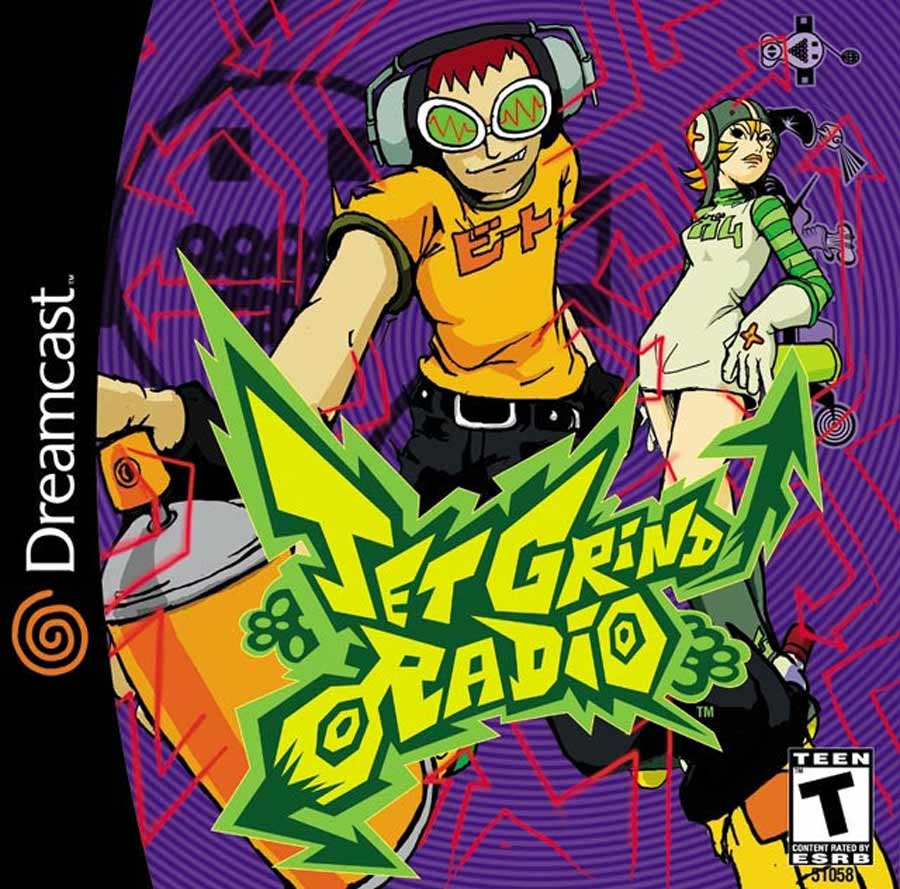
One of the best looking Dreamcast games was also one of its most unique. It use cell shading to give it a great look and mixed skating with tagging that was frowned upon at the time but made for one hell of a fun game that was super challenging too.
Space Channel 5 / REZ
While these two games are vastly different they are both rhythm games that were ahead of there time. Rez was more a a visual journey with music that was like an acid trip that you played. Space Channel 5 is a more traditional music game where you followed the patter in the game to score points and keep up with the musical rhythm.
SoulCaliber / Power Stone
SoulCaliber is one of those rare launch titles that is not only good but is a true system seller and that is the one title that help the Dreamcast launch immensely. While Capcom was the king of the fighter games at the time, Namco brought all that they had learned from the Tekken games and added weapons to the mix and delivered the perfect fighting game at the time. Power Stone is one of the lesser known franchise in the Capcom catalogue and while the first one is a solid title Power Stone 2 built greatly on that one and was great with a lot of strategy over button mashing. Dreamcast was a great system for fighting games and these two are some of the best.
Chu Chu Rocket
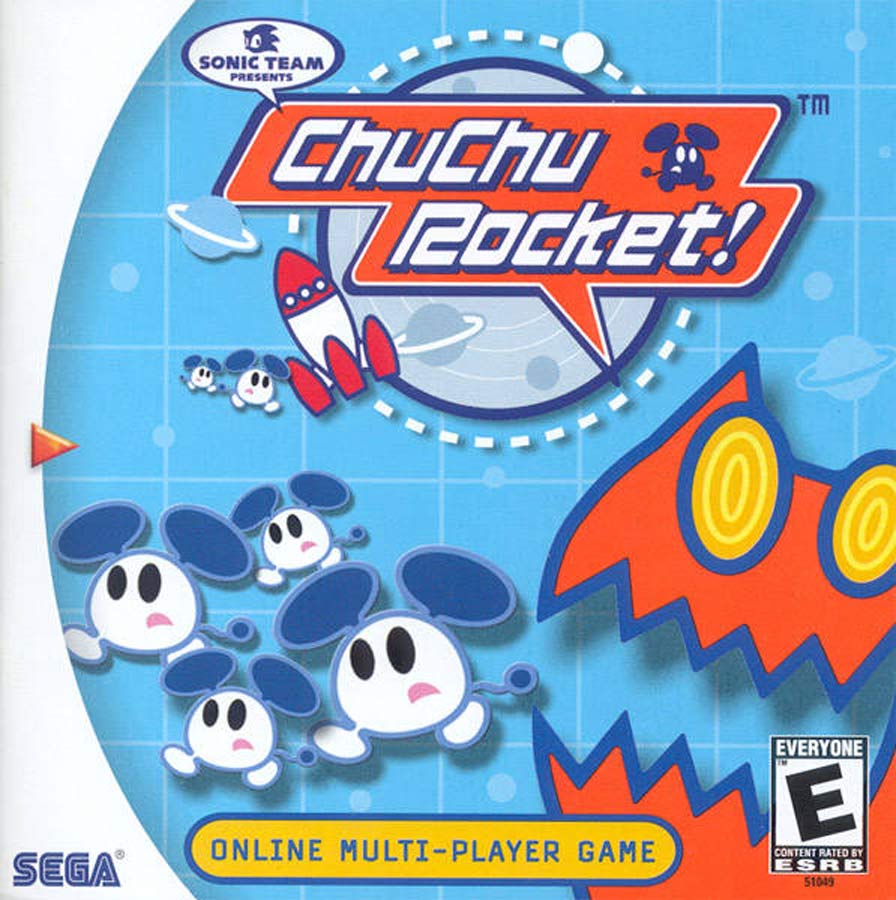
This title had two things going for it. One it was a solid puzzle game and two you could play it online with other players was amazing at the time because the internet was in its infancy at the time and to be able to play against other players from around world was pretty damn cool and something that you could brag about if you were really good at the game.
Phantasy Star Online / Skies of Arcadia
With SquareSoft exclusively with Playstation the Dreamcast had to look elsewhere for RPG games and these two were some of the best. There were others but both of these games were rich in story and depth that you would get lost in the stories for days at a time.
Taking the driving genre to a whole new level and while there is more than a passing resemblance to Grand Theft Auto here this is a lot more fun because it doesn’t take itself very seriously and is about fun and goofiness. Both are solid driving games that you can put a hell of a lot of hours into.

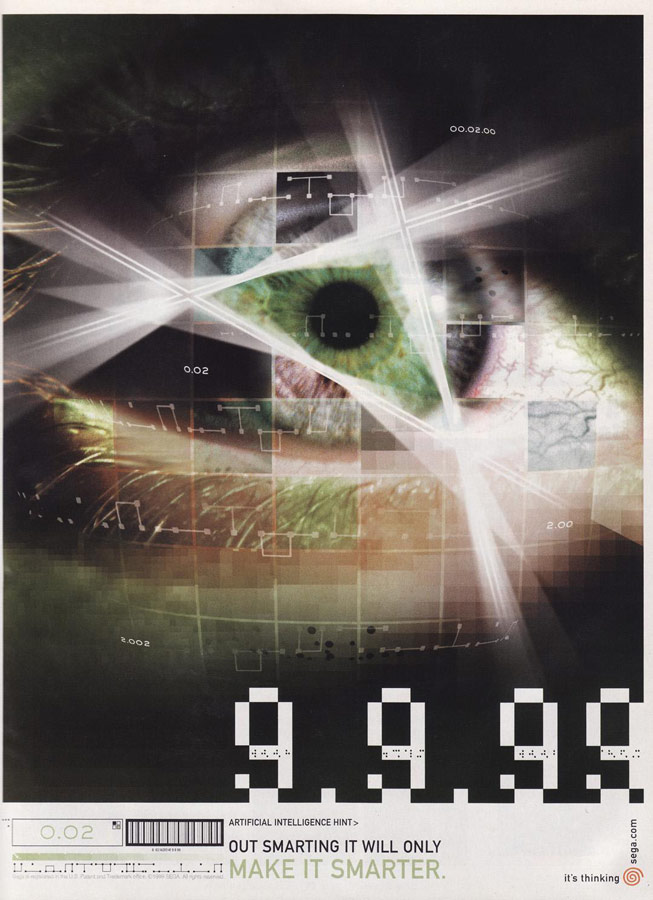
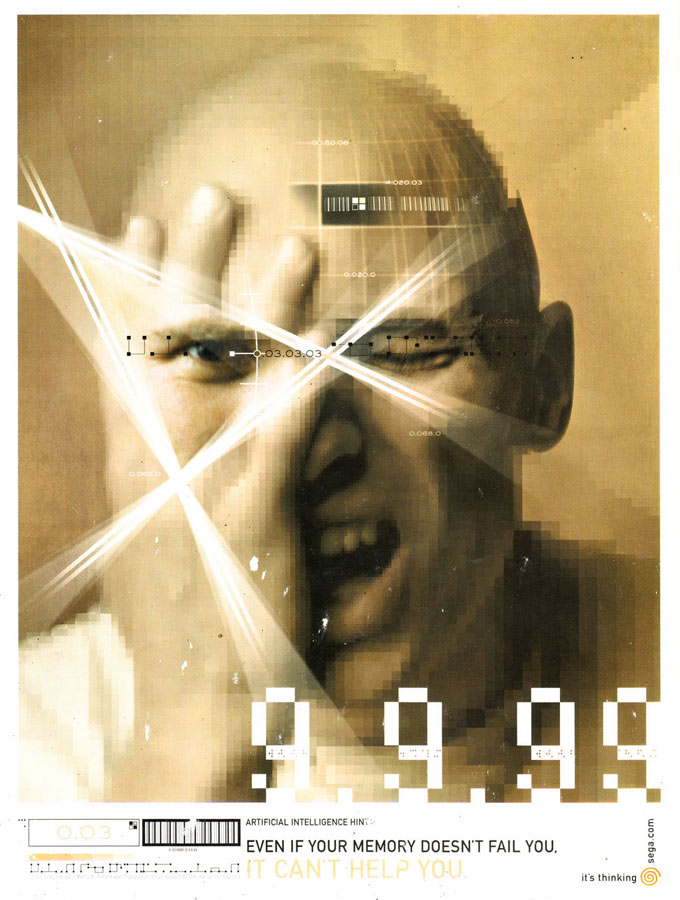

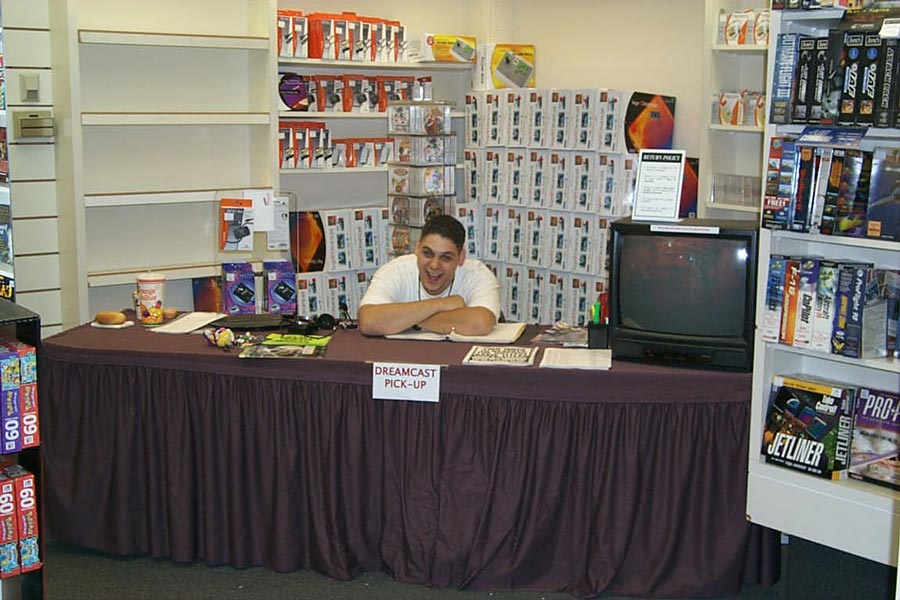
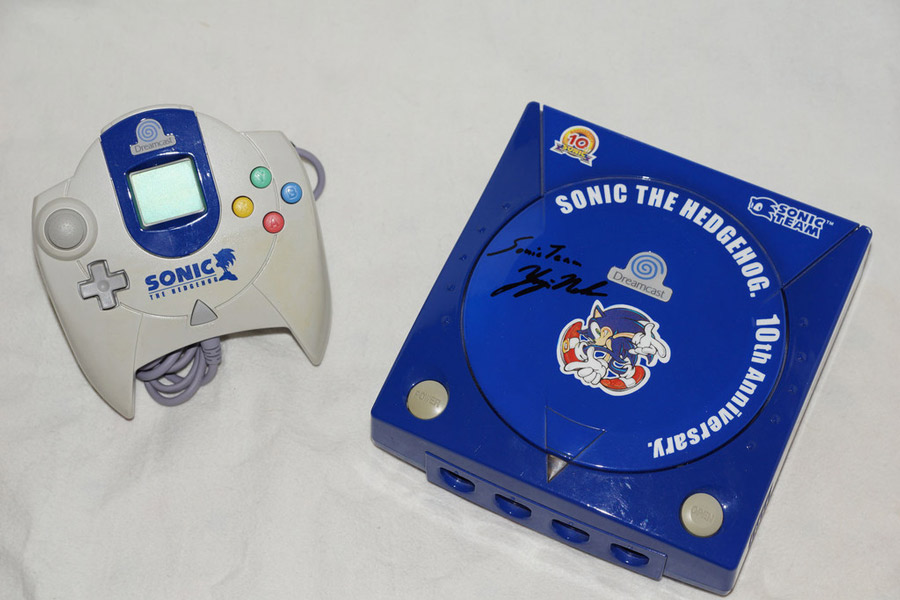
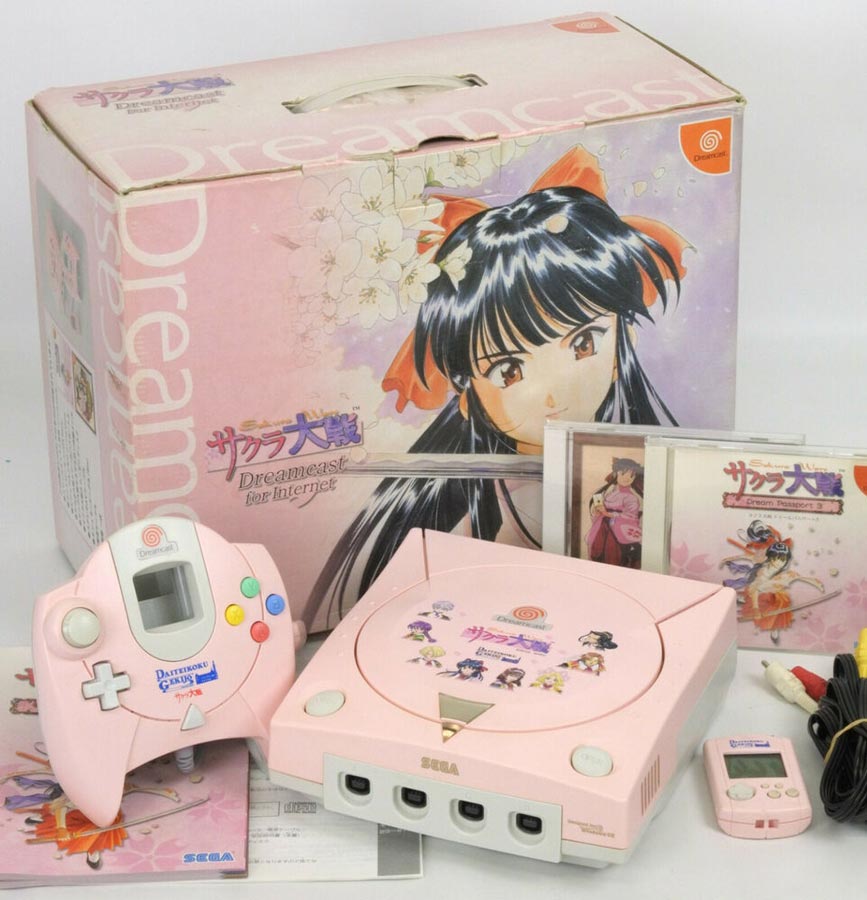

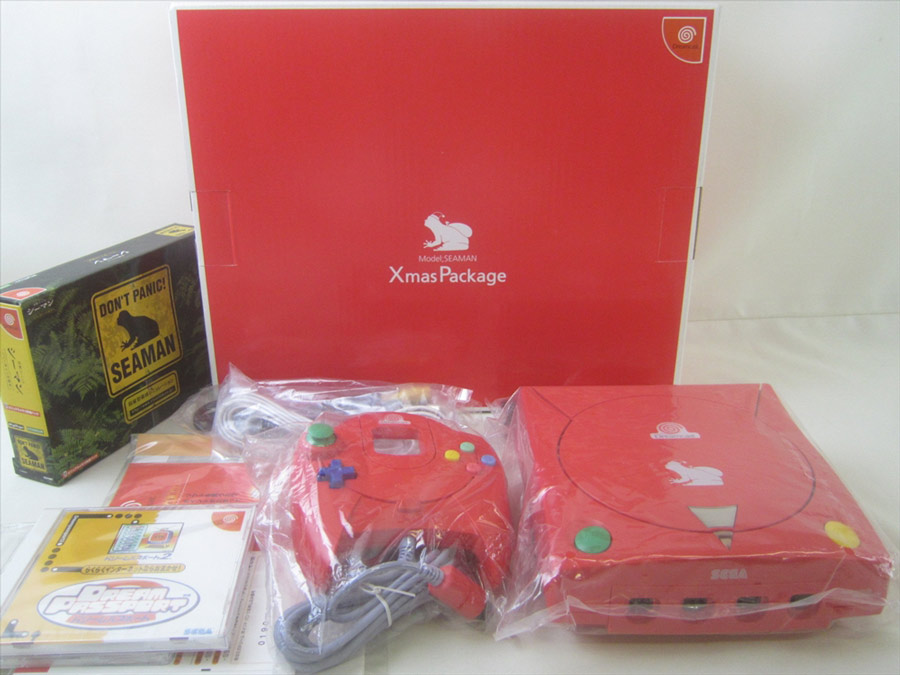
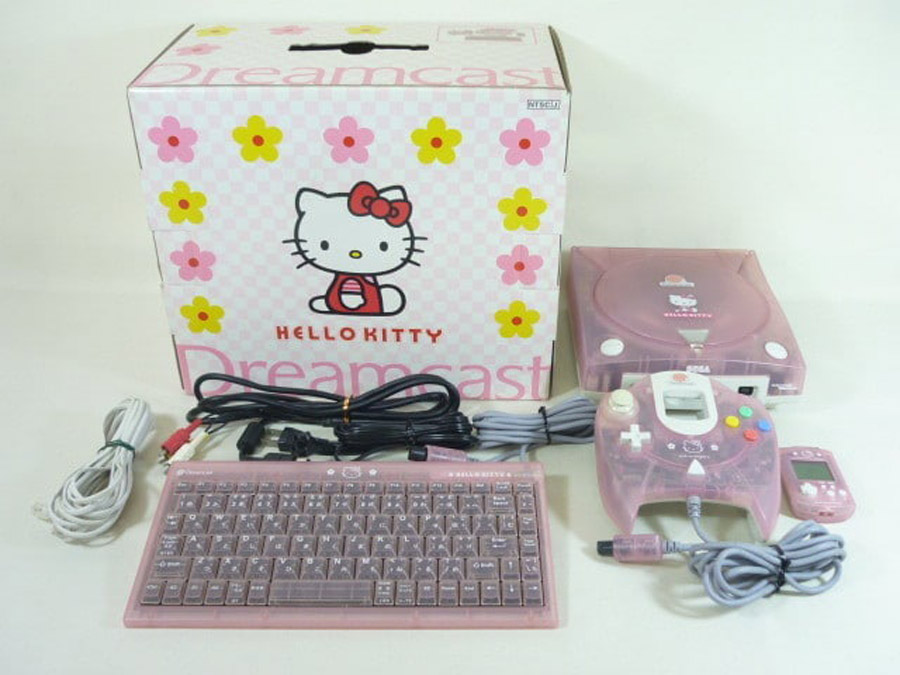

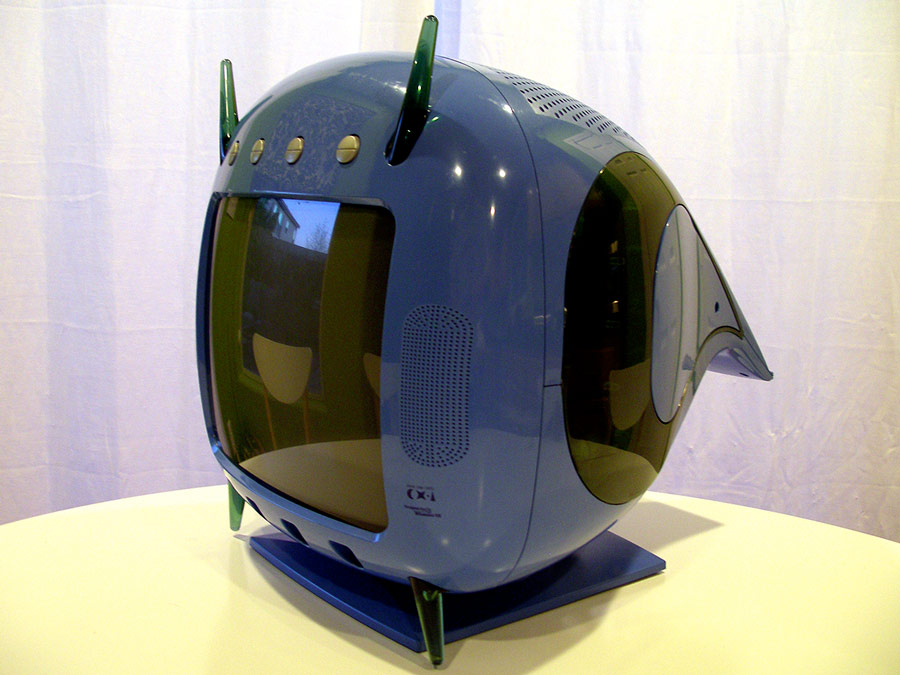

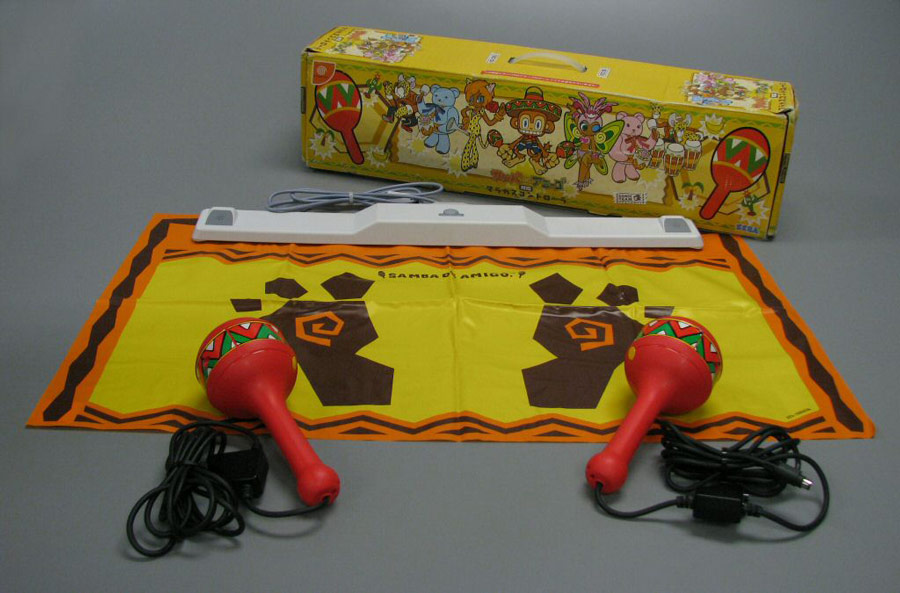
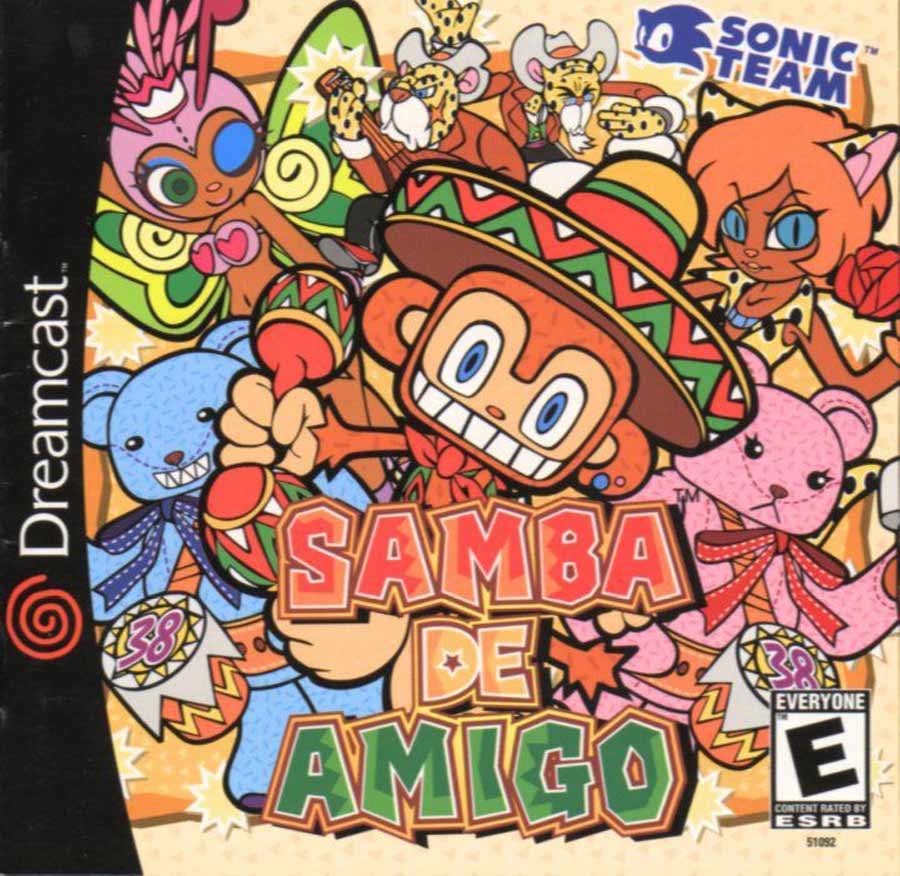
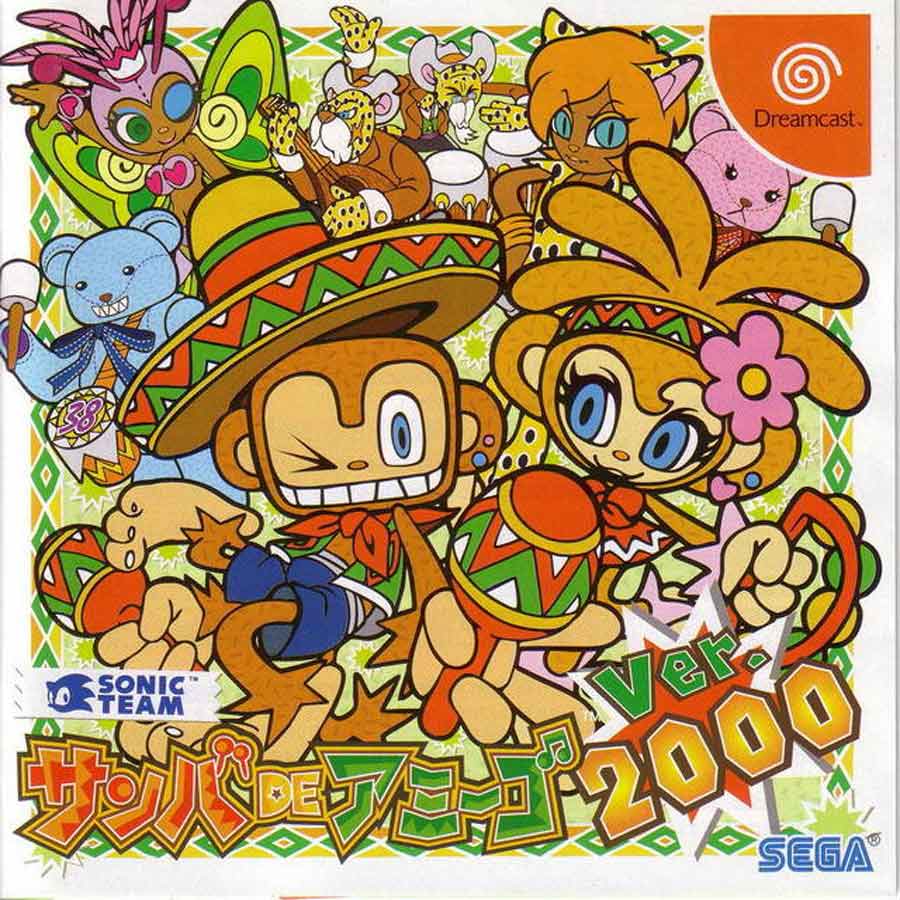

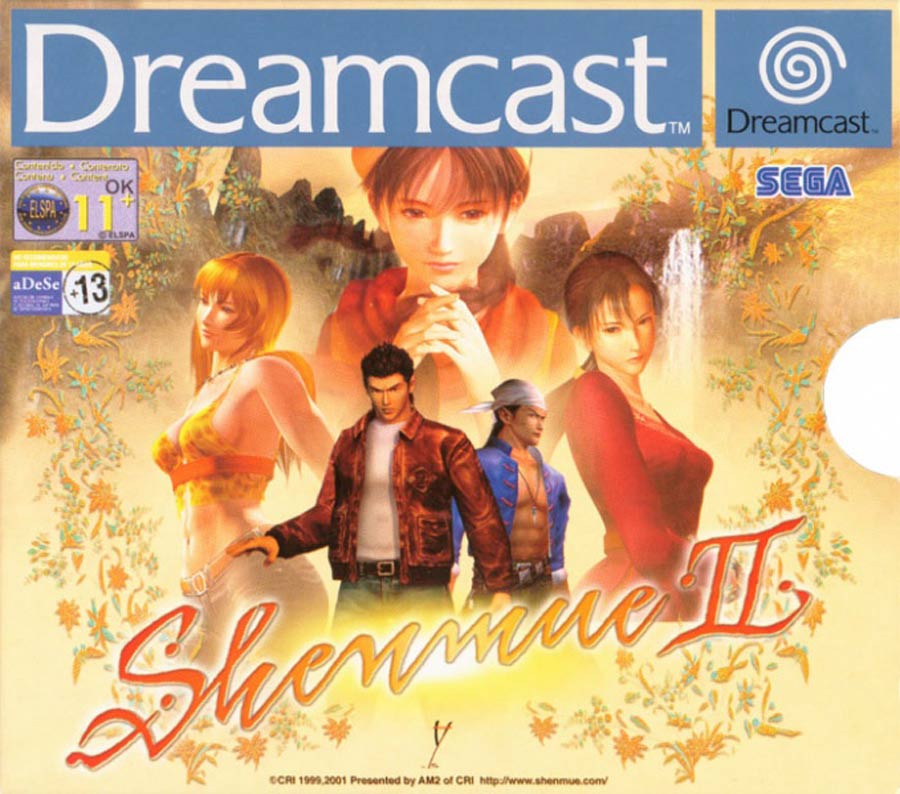
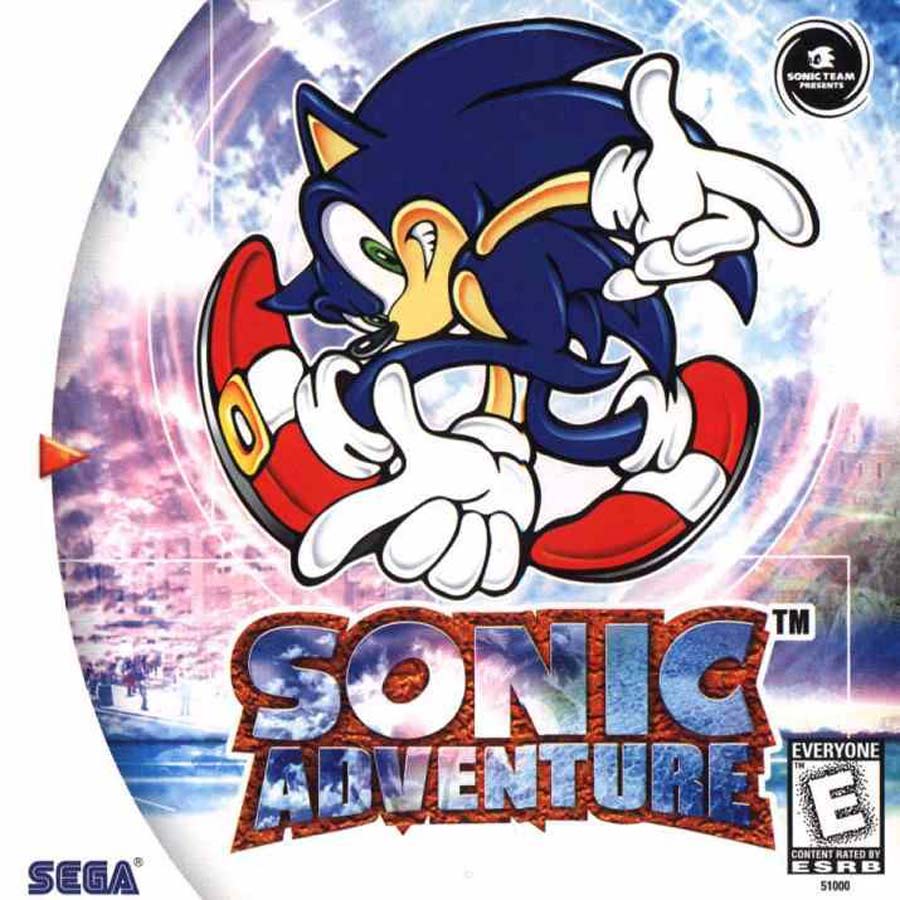
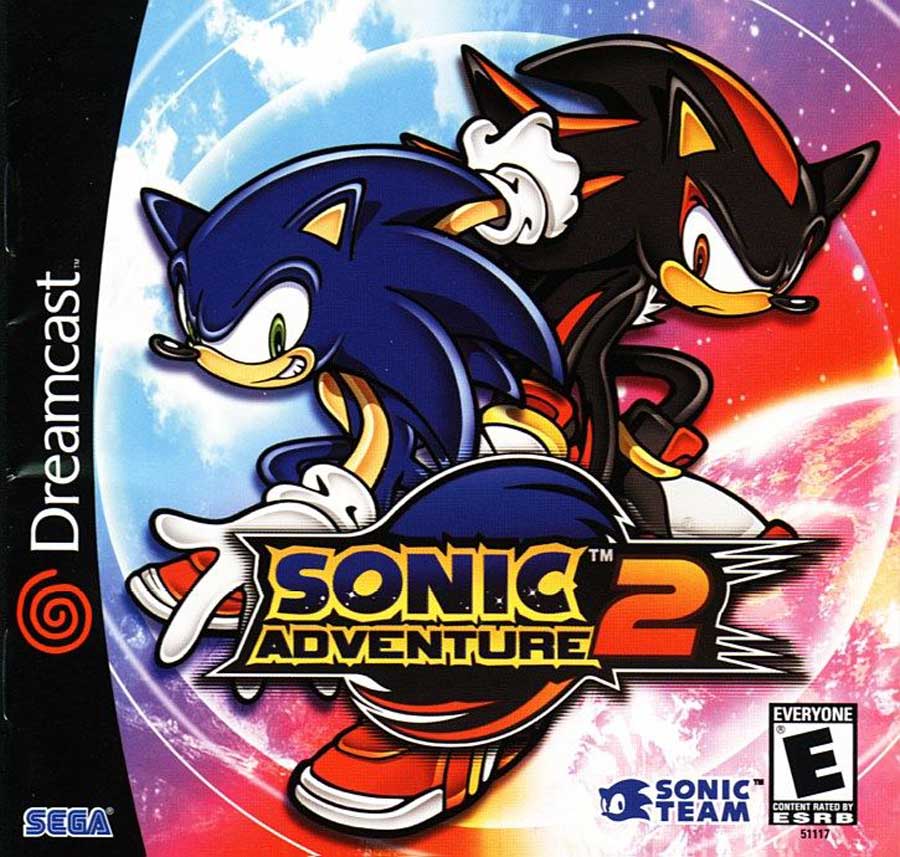
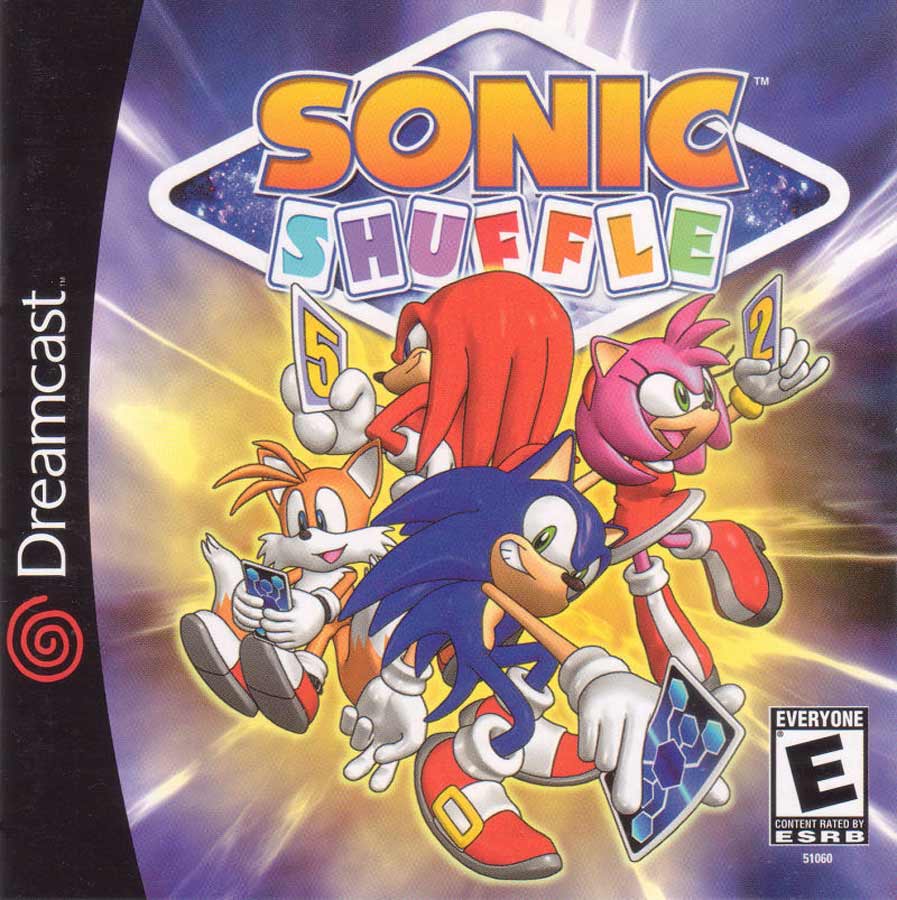

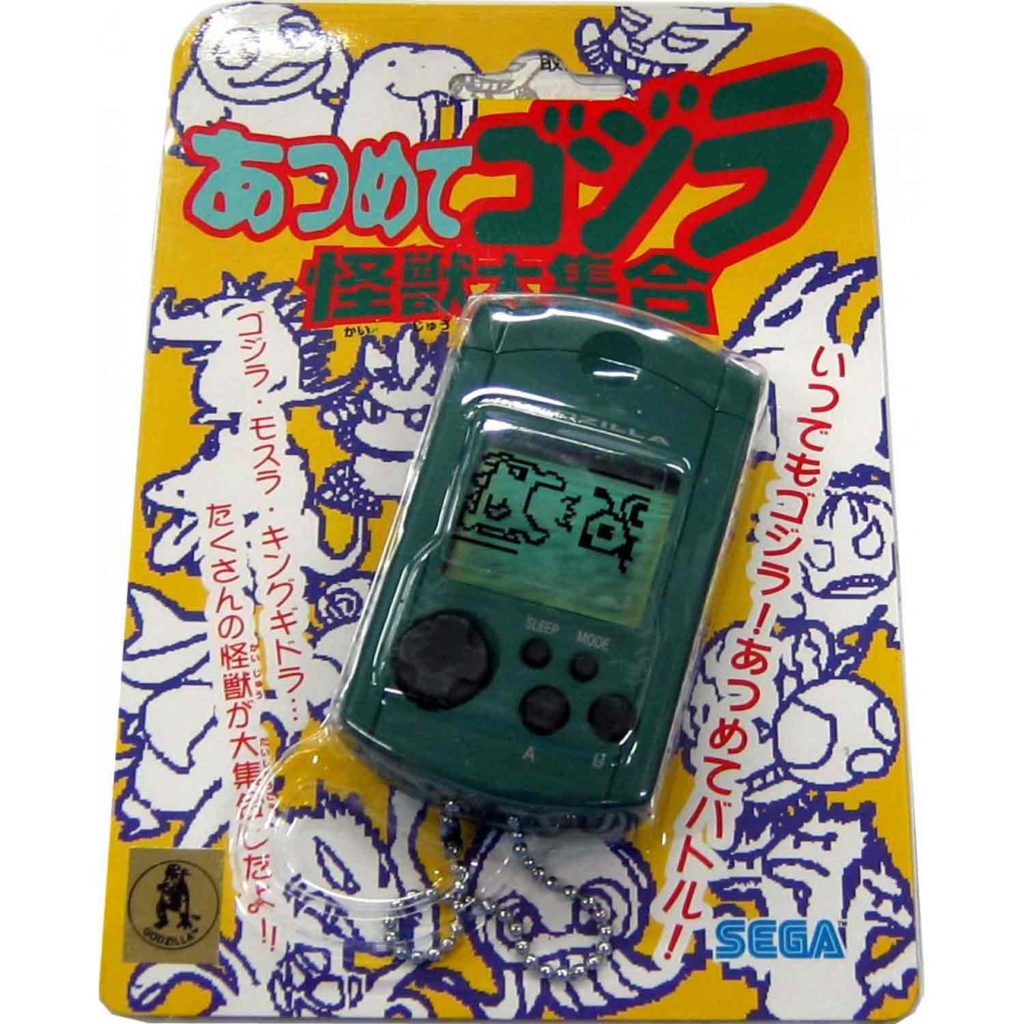
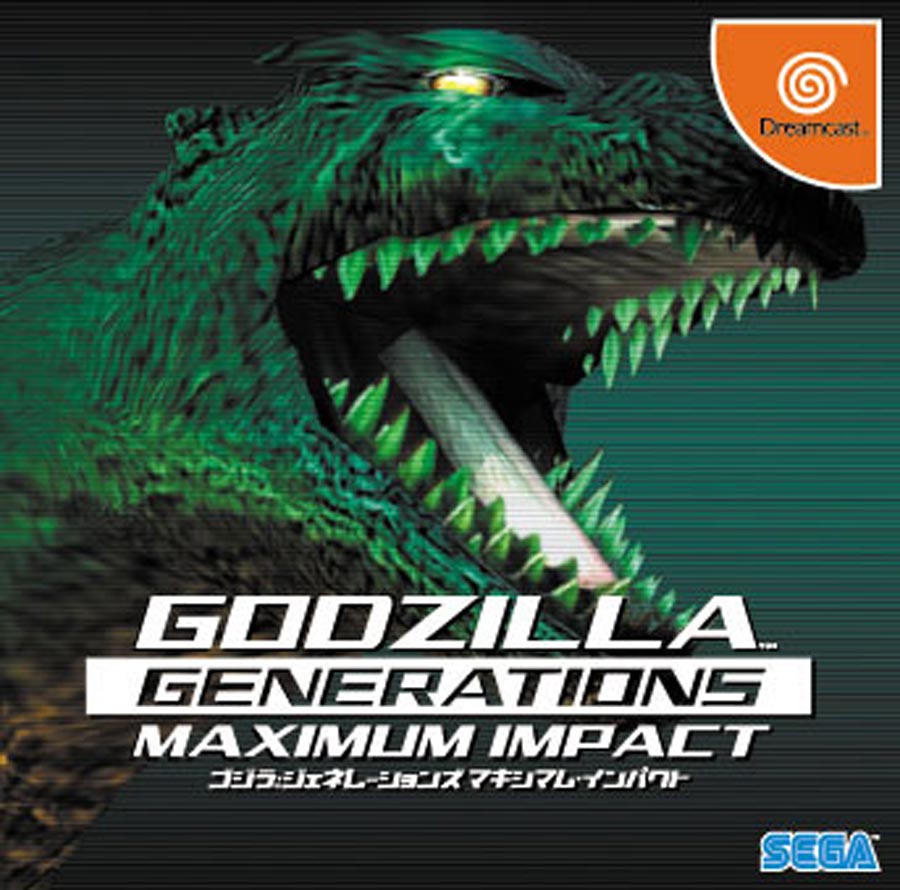

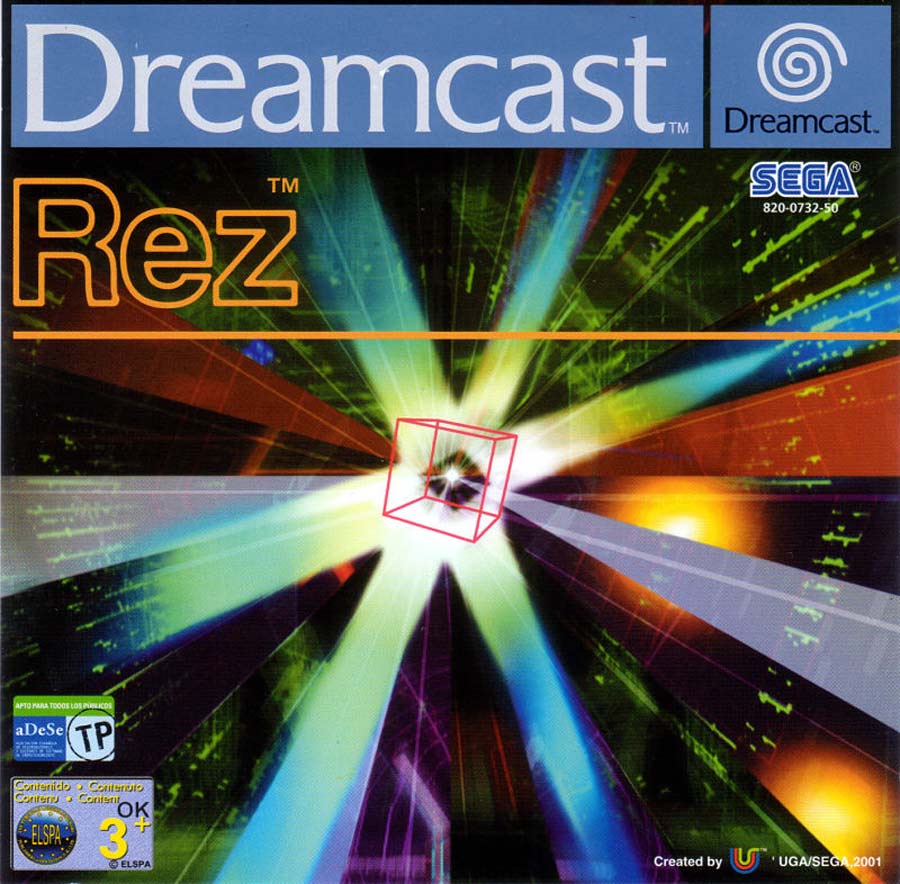
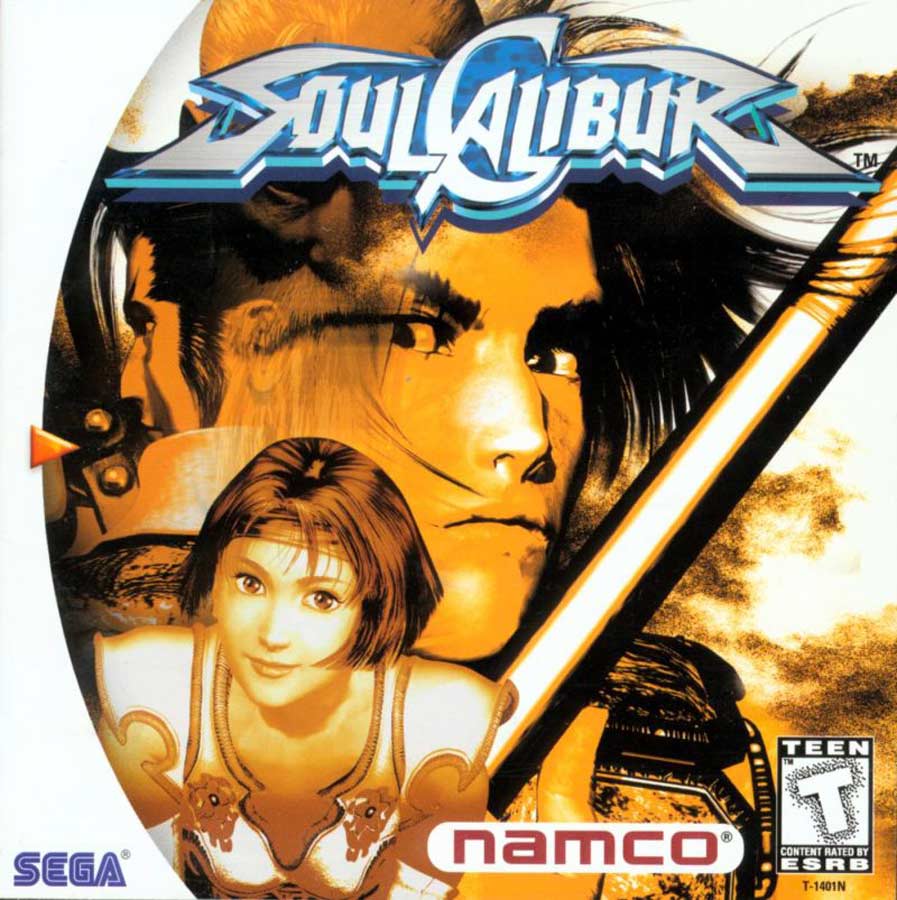
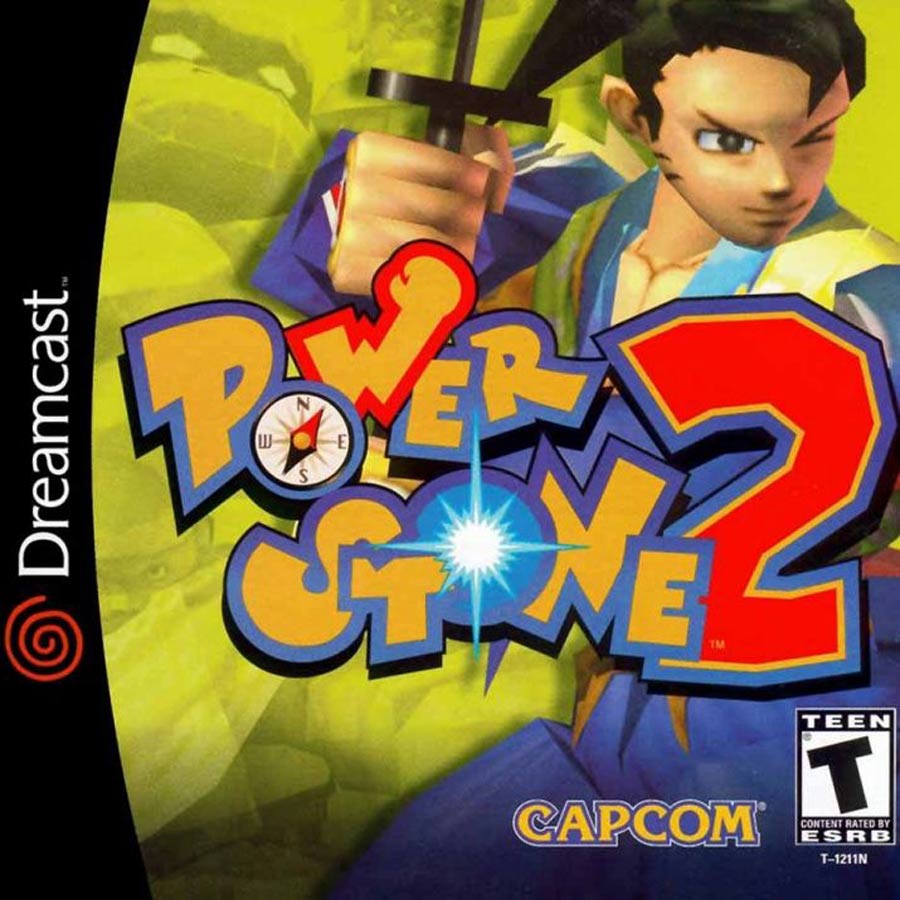
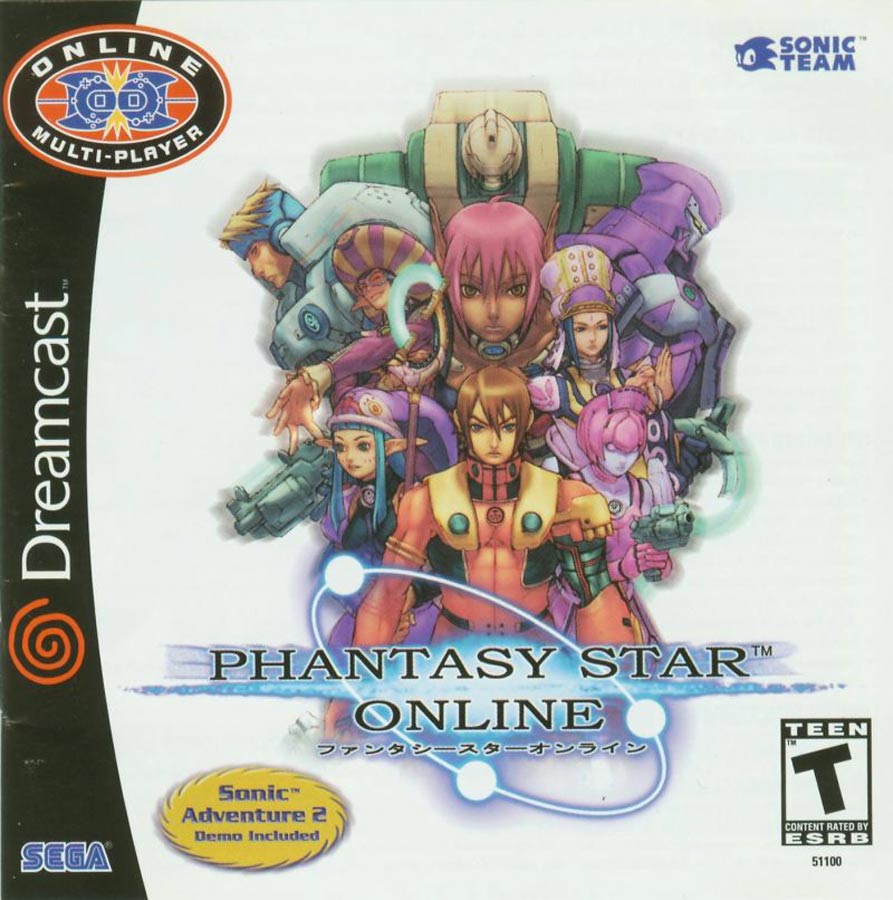
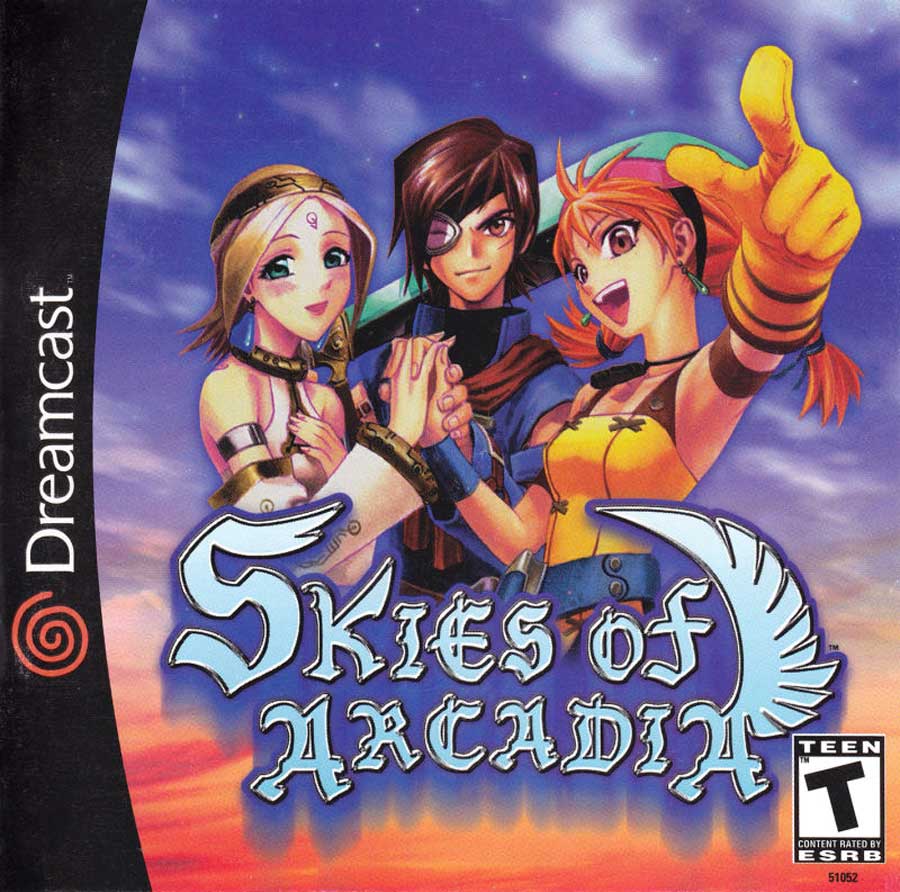
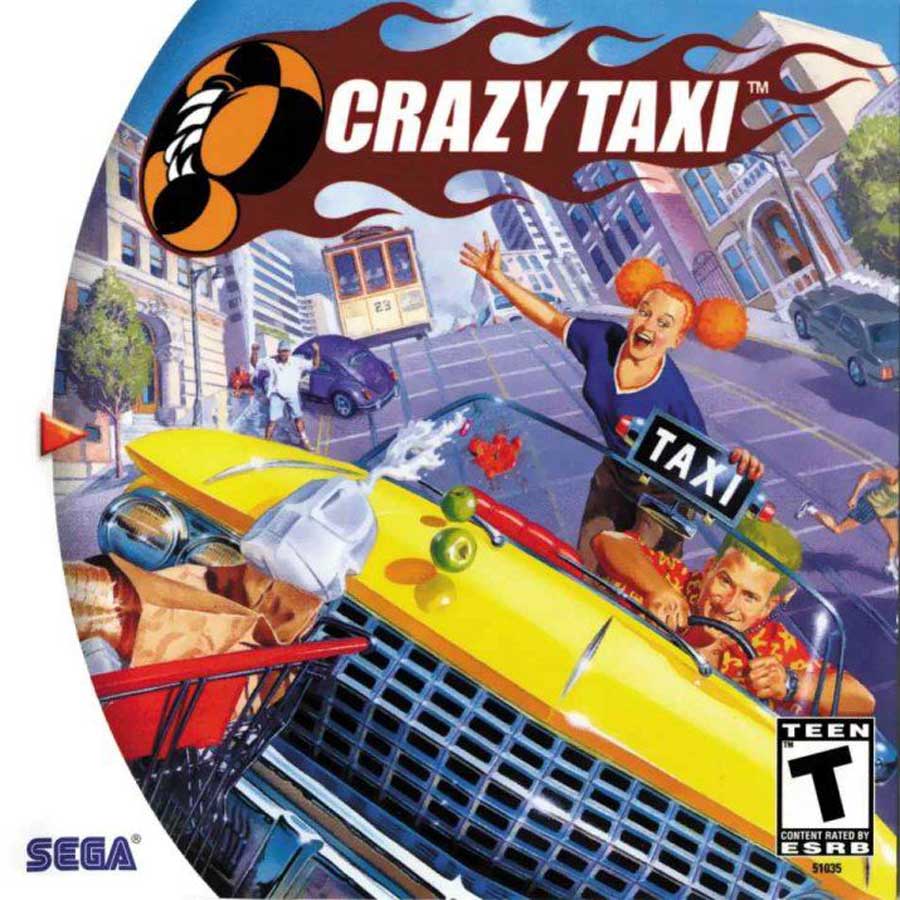
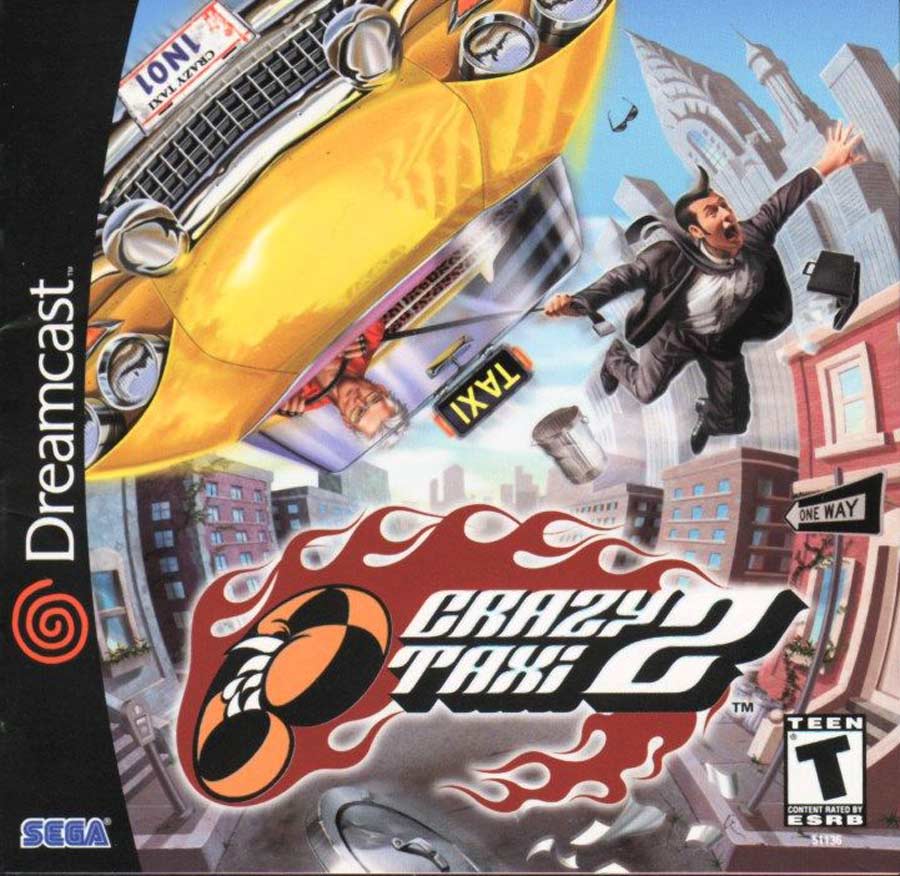

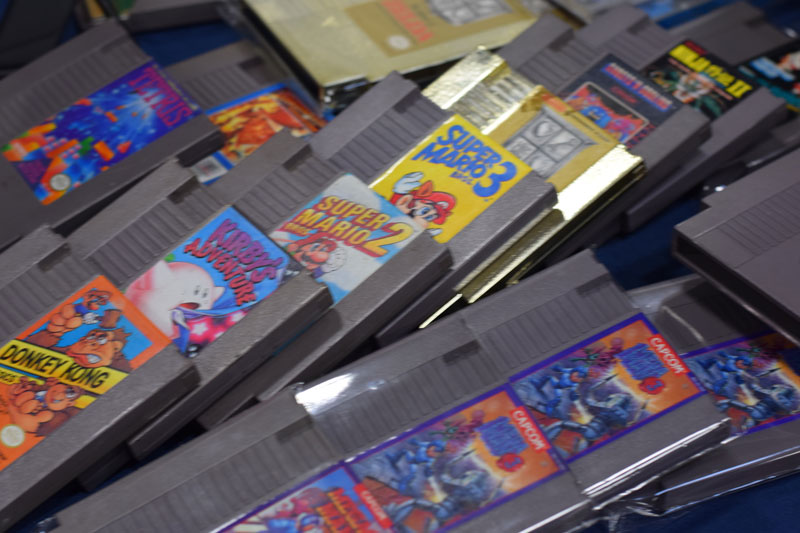
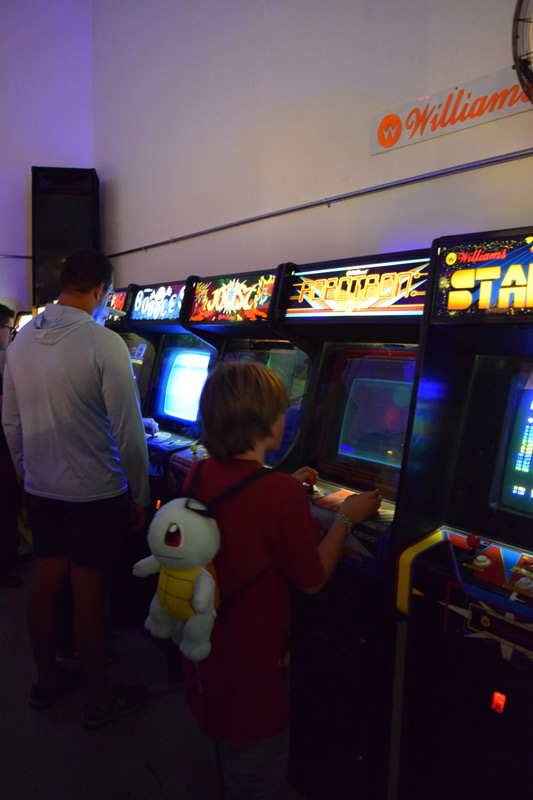
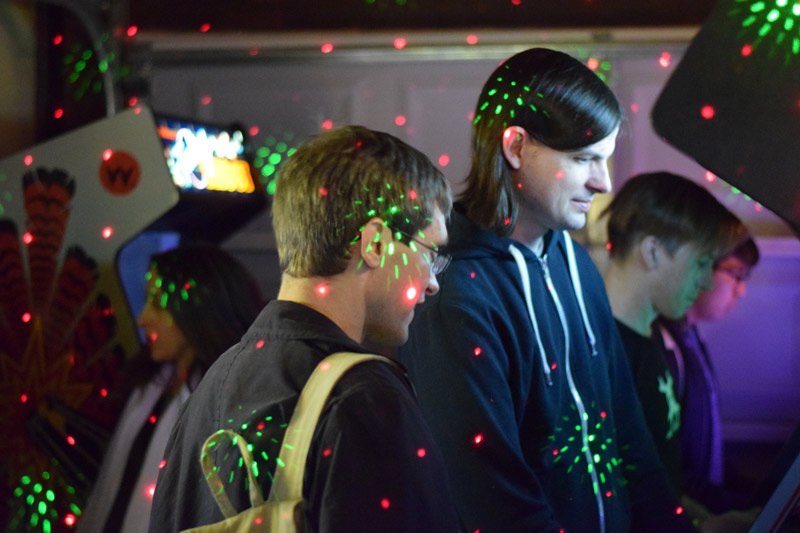
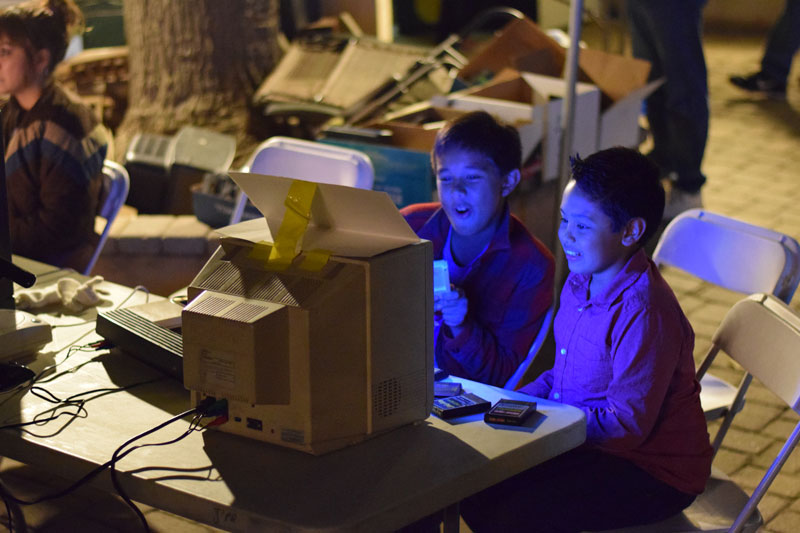







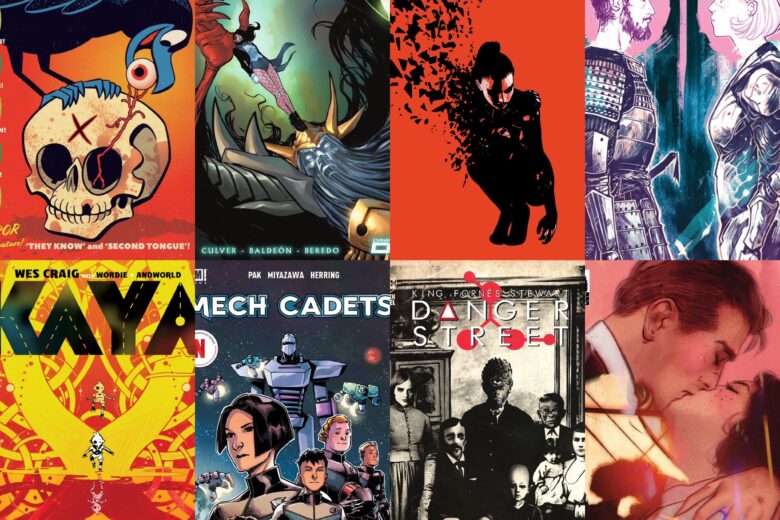
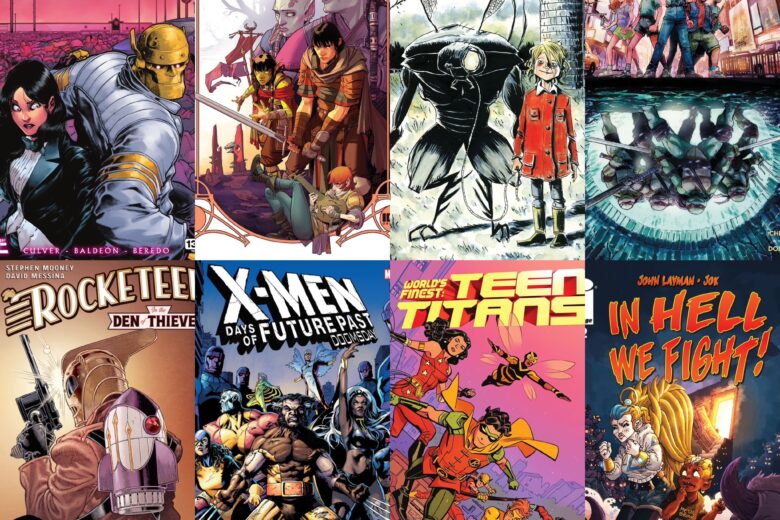
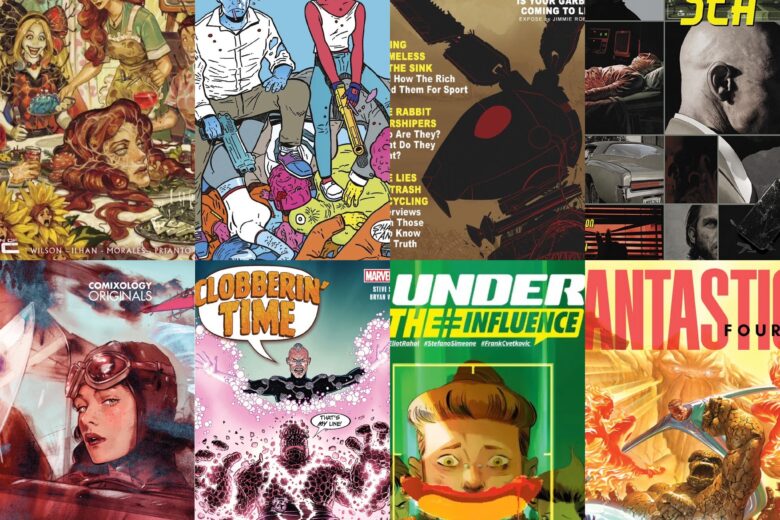
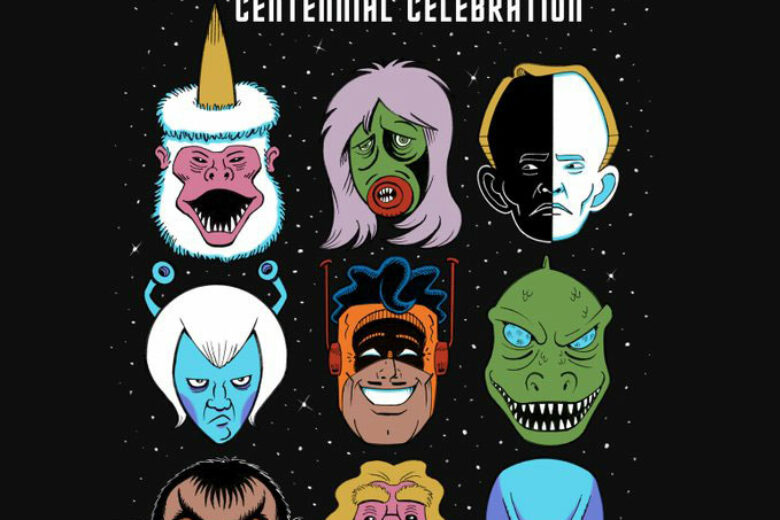
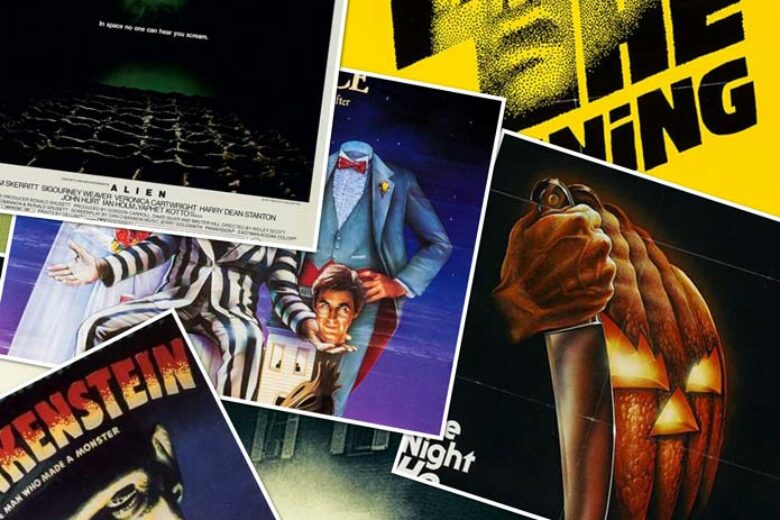
0 Comments